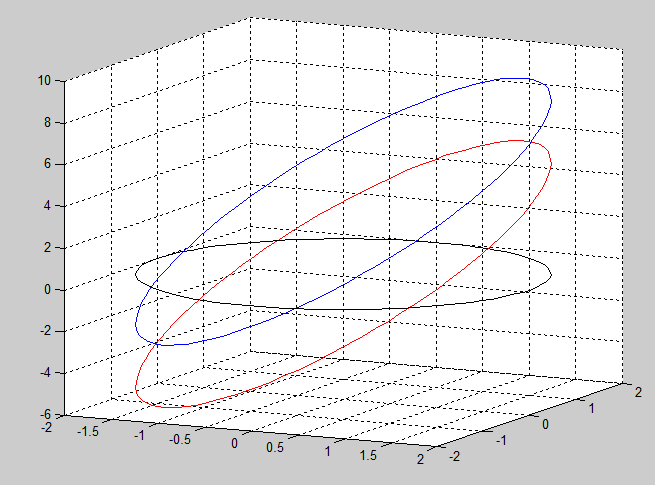The term linear function has different meaning in calculus and in linear algebra, which often confuses me. Here’s the clarification, which is a note I made to myself.
In calculus, a linear function is a first degree polynomial: . Obviously, the function is called linear because its graphical representation is a line. However, in linear algebra, this function does not have the linear properties. The notion linear function, or linear transformation, is a mapping that has the following properties:
In this context, is not a linear function. To verify this, we check (1) and (2). On the left hand side,
while on the right hand side,
So both (1) and (2) are not satisfied, which shows that is not a linear function. On the other hand, we can prove easily that
is a linear transformation.
The function has another name: it is an affine function, which is a linear function plus a constant.
Note that a linear transformation preserves the origin (zero is mapped to zero) while an affine transformation does not. In other words, a linear function maps a straight light through the origin to another straight line through the origin (effectively, it makes a rotation with an angle ), while an affine function rotates the line by an angle $late a$ and translate it by a distance
.
In higher dimensions, what I’ve described still hold. and
can be vectors in a vector space and
can be a matrix.
Okay, enough with the equations. Next, I’m just gonna playing with a few functions to give you some examples.
In Figure 1, the line (black) is mapped to the red line with the linear transformation
and to the blue line with the affine transformation
.

In Figure 2, the same linear and affine transformations are applied to the curve . Again, we see that the origin is preserved after the linear transformation but not the affine transformation.

And finally, we apply the same transformations to a circle in Figure 3.

I think this is fun.